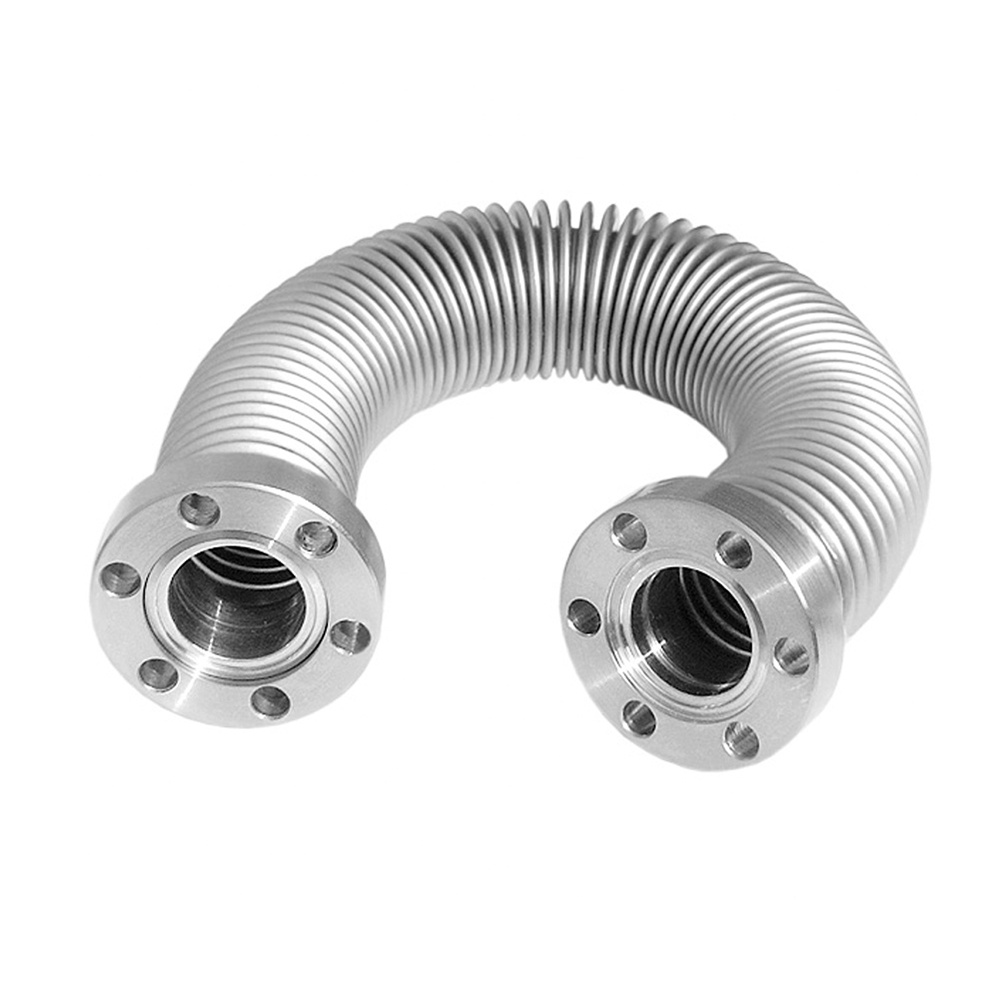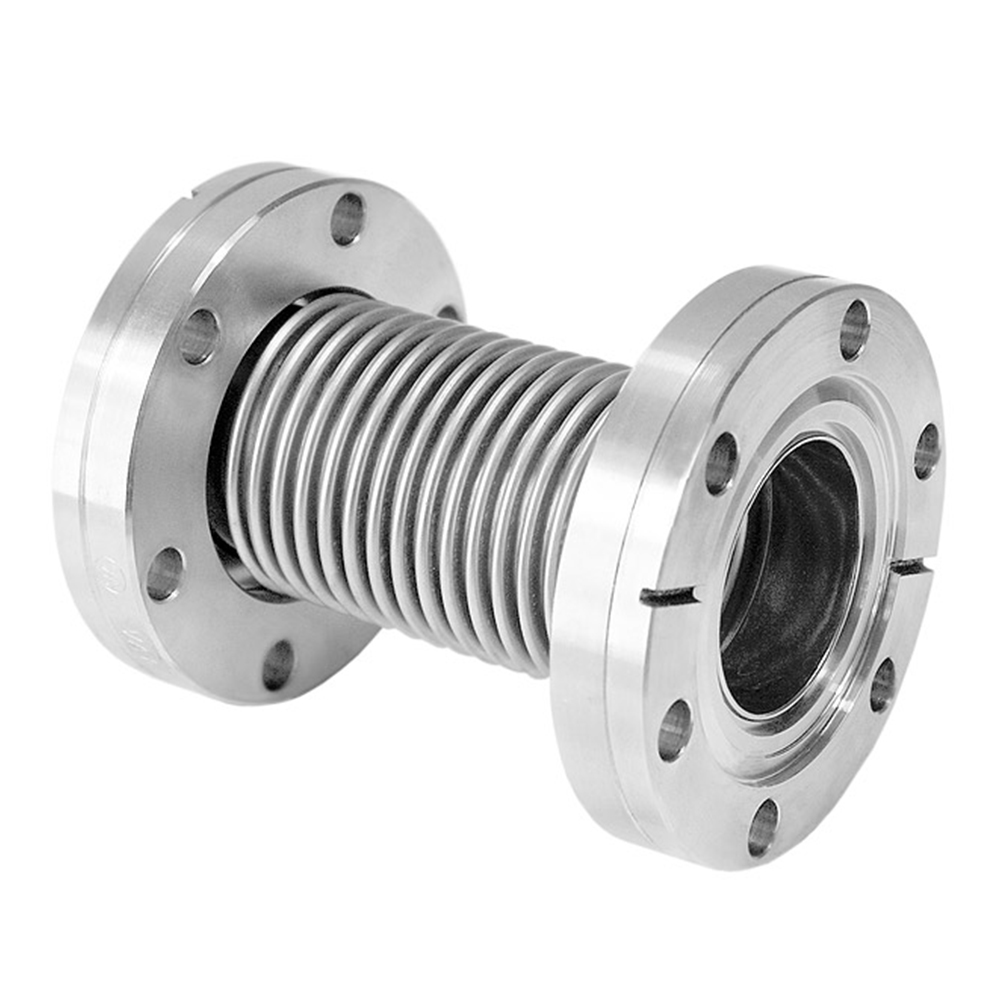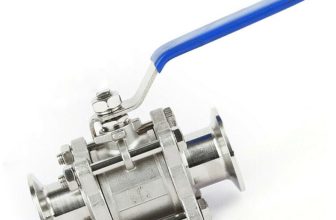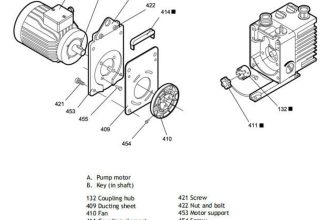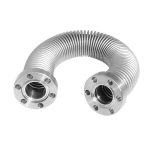
Construction Technology Of Electrical Engineering Metal Pipe, Plastic Pipe And Trunking
Basic requirements for piping connection:
Metal conduits are strictly forbidden to be welded; the galvanized steel conduits with a wall thickness of 2 mm or less shall not be welded by casing. When the non-galvanized steel pipe is screwed, the two ends of the connection are welded across the ground wire; when the galvanized steel pipe is threaded, the two ends of the connection are fixed with a dedicated grounding card. The galvanized steel conduit shall not be welded across the ground wire, and the connection between the two cards connected by the dedicated ground card shall be a copper core flexible wire with a cross-sectional area of not less than 4mm2. There should be no flattening and cracks in the steel pipe, there should be no iron filings and burrs in the pipe, the cutout should be flat, and the pipe mouth should be flat and smooth. When the steel pipe is threaded, the thread length of the pipe end should not be less than 1/2 of the pipe joint. After the connection, the thread is exposed 2 to 3 buckles, and the thread surface is smooth without damage. When the casing is welded, the pipe-to-pipe counterpart should be located in the center of the casing, and the welding is tight; when the set screws are connected, the screws should be tightened, and the set nails in the vibration place should have anti-loosening measures.
Basic requirements for the connection of metal hoses and junction boxes:
The rigid duct is connected to electrical equipment and appliances via a flexible duct. The length of the flexible duct is not greater than 0.8m in power engineering and not greater than 1.2m in lighting engineering. Special joints are used for the connection between metal hoses and rigid conduits or electrical equipment and appliances; the joints of composite metal hoses are well sealed, and the liquid-proof membrane cover is intact. Metal hoses cannot be used as grounding (PE) or zero (PEN) connection conductors.
Basic requirements for standard positioning and fixing of the junction box in the suspended ceiling:
The construction process standard stipulates that fixed hangers are added at 150-300mm at both ends of the tube inlet box; the tube box spacing size that meets the standard spacing is used as the processing size of the fixing bar, so as to locate the tube and box spacing. Through the gaps at both ends of the positioning bar, the hangers at both ends are clamped, and the box body is fixed by pulling rivets (or machine screws) so that it cannot rotate and shake. The vertical spacing of the boom is consistent; the junction box is fixed firmly and consistent
Basic requirements for concealed steel pipe:
The piping connection method and requirements are the same as the piping precautions. When the steel pipe is concealed in cast-in-place concrete, a 15mm thick concrete cushion should be placed as a support under the appropriate position of the steel pipe. The distance between the concealed duct and the surface of the building should not be less than 15mm.
The metal junction box must be grounded. The polystyrene board and other materials can be filled into the iron box for protection to prevent the mortar from seeping into the box. When buried in concrete, the outer wall of the steel pipe may not be treated for anticorrosion.
Basic requirements for concealed matching of steel pipes in walls and columns:
For parts whose size is difficult to determine, they can be embedded in wooden boxes or polystyrene boards. After the concrete is completed, the embedded objects are removed for piping and the junction box is installed.
Basic requirements for the installation of steel pipes through external walls and roof panels:
The metal conduit and junction box must be grounded or connected to zero reliably. When the steel pipe passes through the roof board and the outer wall, waterproof treatment is required. When the steel pipe passes through the roof panel, the steel pipe is used as a wing stop ring in the concrete.
Basic requirements for installation of steel pipes through expansion joints and settlement joints:
When the pipeline is over the expansion and contraction joints, it needs to be disconnected for soft connection. When the non-galvanized steel pipe is screwed, the two ends of the connection are welded across the ground wire; when the galvanized steel pipe is screwed, the two ends of the connection are dedicated The grounding card is fixed across the grounding wire. The metal junction box must be reliably grounded.
Basic requirements for the installation of direct-buried cable through-wall protection tubes:
The nozzle should be free of burrs and sharp edges and corners, and the nozzle should be trumpet-shaped. The direct-buried cable lead-in pipe must be waterproofed. The depth of the buried pipe should not be less than 0.7m from the ground, and it should have an appropriate waterproof slope. The outer wall of the steel pipe directly buried in the soil layer should be coated with two-degree asphalt; when galvanized steel pipe is used, the anti-corrosion paint should be applied to the peeling part of the galvanized layer. When designing special requirements, anti-corrosion treatment shall be carried out according to the design regulations.
The basic requirements for steel pipe fittings:
The galvanized steel conduit shall not be welded across the ground wire, and the connection between the two cards connected by the dedicated ground card shall be a copper core soft wire with a cross-sectional area of not less than 4mm2. When the non-galvanized steel pipe is screwed, the two ends of the connection are welded across the ground wire; when the galvanized steel pipe is threaded, the two ends of the connection are fixed with a dedicated grounding card. Metal conduits are strictly forbidden to be welded; the galvanized steel conduits with a wall thickness of 2 mm or less shall not be welded by casing. Exposed ducts should be neatly arranged, with even spacing between fixed points, and securely installed; there is a pipe clamp within the range of 150-500mm at the distance between the terminal, the midpoint of the elbow or the edge of the cabinet, table, box, plate, etc.
Basic requirements for motor piping installation:
When the steel pipe is indirectly connected to the equipment, for indoor dry places, the end of the steel pipe should be added with a wire protection hose or a flexible metal wire protection tube and introduced into the junction box of the equipment, and the pipe mouth of the steel pipe should be tightly packed; for outdoor or indoor humidity In places, waterproof elbows should be added at the ends of steel pipes, and protective hoses should be added to the conductors.
Basic requirements for motor piping installation:
Cables or wires in steel pipes should not have joints. The emergency stop button is usually installed next to the device. When the device fails or is overhauled, press the button to stop, and the device will not start. The device can only be restarted by twisting the button clockwise to let the button pop up. The motor casing and metal base must be grounded.
Basic requirements for the installation of rigid plastic (PVC) pipes:
Explicitly matched PVC pipes should be neatly arranged and the spacing between fixed points should be even. The distance between the concealed conduit and the surface of the building should not be less than 15mm. The nozzle is flat and smooth; the tube and tube, tube and box (box) and other devices use the insertion method. Rigid insulated ducts buried directly underground or in floors shall be protected at the section prone to mechanical damage when passing through the ground or floors. Insulated conduits laid along the surface of buildings and structures shall be equipped with temperature compensation devices in accordance with design requirements.
When the insulation duct is buried in the trench of the masonry, it should be protected with cement mortar with a strength level not less than M10, and the thickness of the protective layer should be greater than 15mm. The bending radius is not less than 10D in concrete, not less than 6D in the brick wall, the bending flatness is not more than 1/10 of the outer diameter of the tube, and there are no wrinkles at the bend; the junction box is fixed and flat, the mortar is full, and the vertical and horizontal coordinates are accurate.
View more quality vacuum components with low price and free shipping all over the world.

